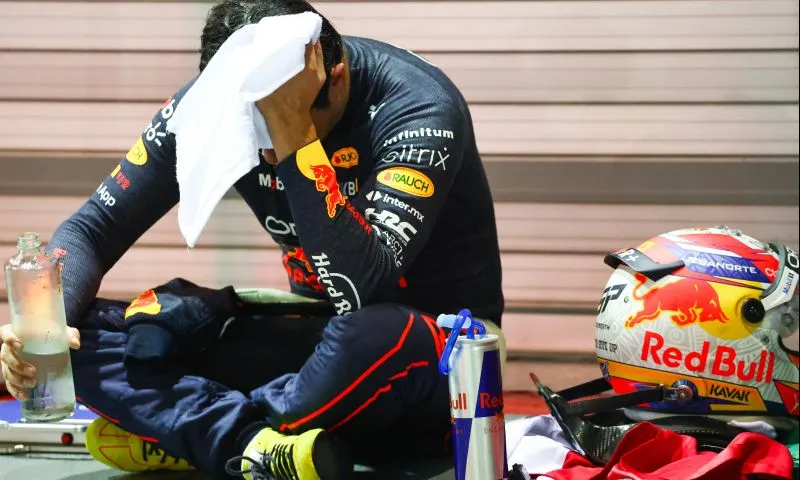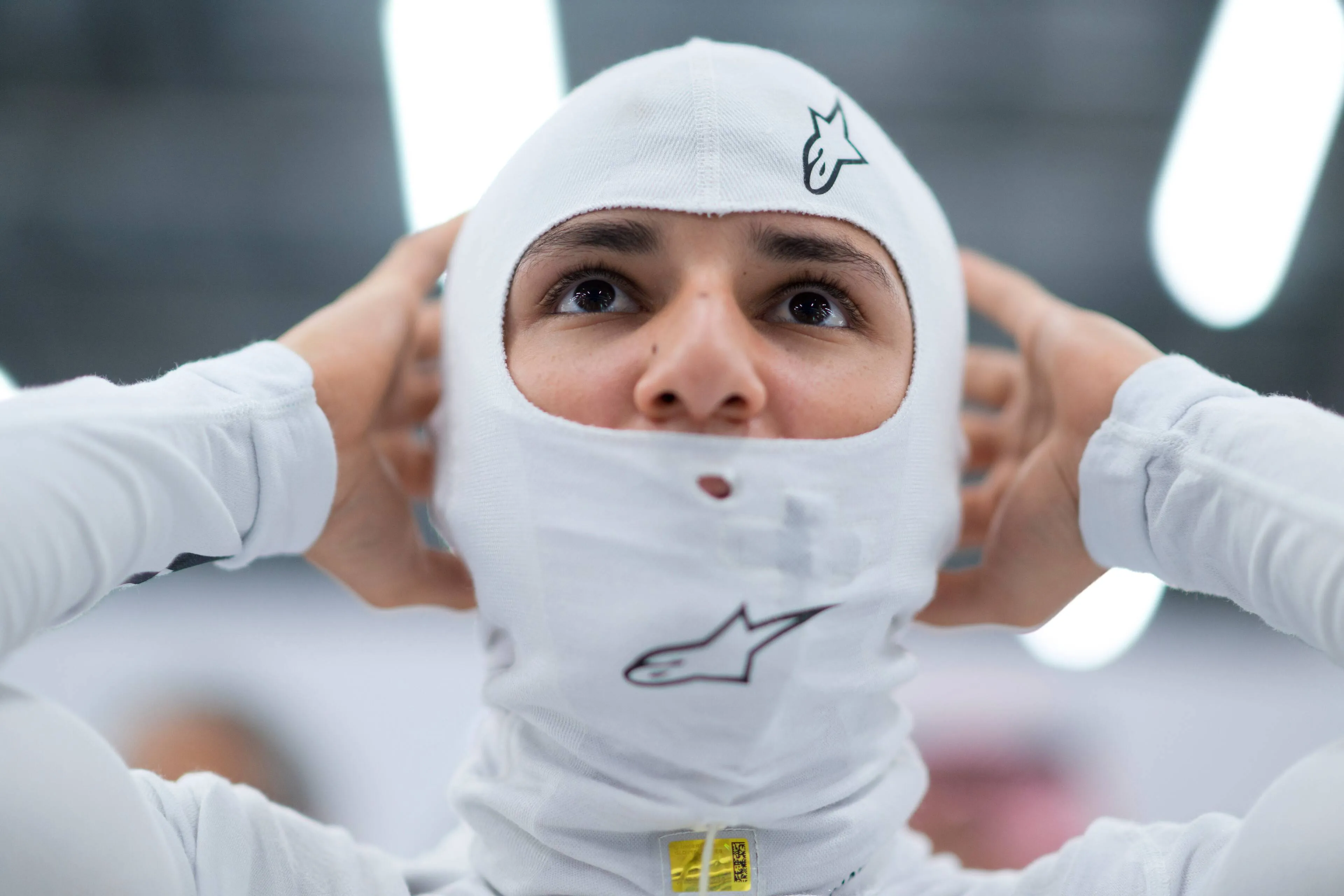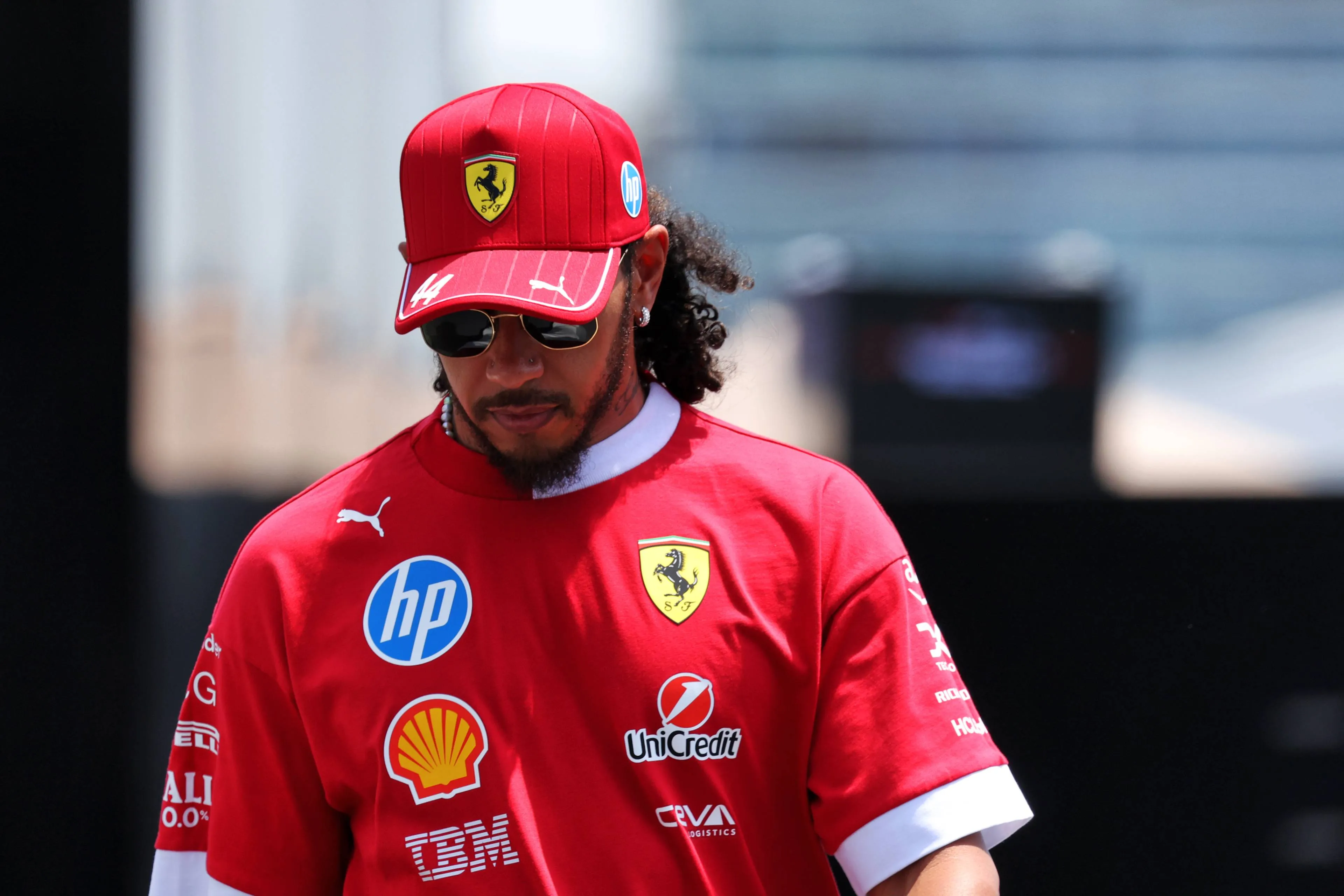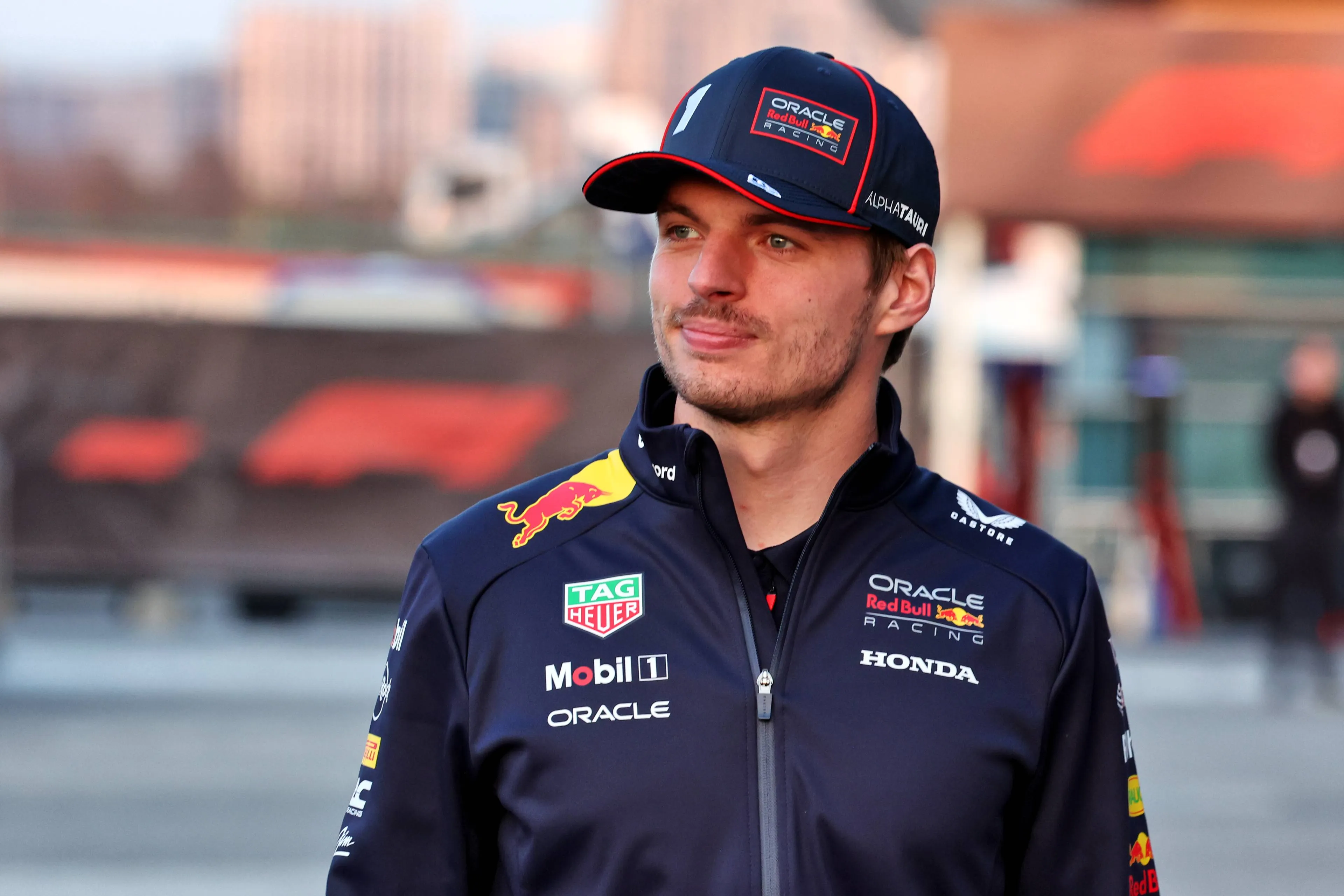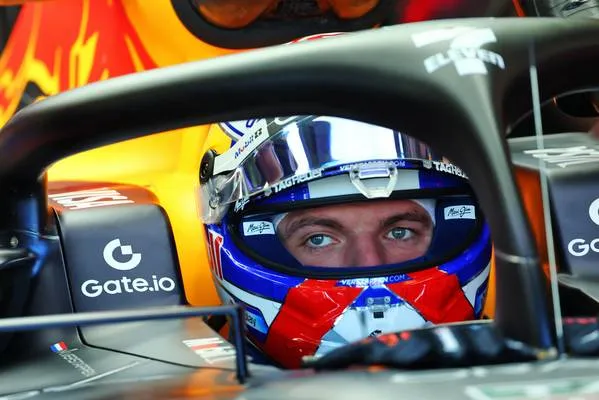Singapore GP physically the toughest: this is how an F1 driver prepares for it
13:57, 12 Sep 2023
0 Comments
For even the fans in the stands, the Singapore Grand Prix is a huge ordeal, let alone for the 20 F1 drivers who have to complete 62 laps at the Marina Bay Street Circuit on Sunday night local time. In the Asian city-state, September often sees temperatures above 30 degrees Celsius and humidity sometimes 75 per cent or more, making the race a drain on the physical constitution.
Every year, drivers can be seen crawling out of their cars completely demolished in Singapore, where the Grand Prix often lasts two hours due to the almost inevitable safety car. Being able to race in such tough conditions requires excellent fitness and sophisticated preparation. "We’ve had our eye on Singapore since the start of the summer break," says Martin Poole, Nico Hulkenberg's performance coach.
Training in hot, humid conditions
"Nico has done a lot of his training sessions in high heat/humidity over that break to help him prepare. Increasing aerobic fitness, adapting to the heat and also just getting used to the extreme discomfort of feeling tired in hot and sweaty conditions is the best way he can prepare for a unique race like Singapore," explained Hulkenberg's fitness trainer.
Kevin Magnussen, Haas F1's teammate, has now been in Singapore for several days to acclimatise to the conditions and get used to the time difference. For this to go as smoothly as possible, a good diet is necessary. "The conditions are pretty extreme and we’re trying to keep him hydrated already one week before the race actually, starting with loads of water and salt and minerals," tells Nicolaj Madsen, the Danish driver's physiotherapist.
"After the race, we try to put some sugar inside him because the brain is overheated, and the brain works with sugar. As fast as I can, I try to get some sugar inside him, and slowly some water. After a long race, you don’t tend to be hungry because the adrenalin is still in your body and sometimes it’s hard to sleep after a race," Madsen explains.
Kevin Magnussen, Haas F1's teammate, has now been in Singapore for several days to acclimatise to the conditions and get used to the time difference. For this to go as smoothly as possible, a good diet is necessary. "The conditions are pretty extreme and we’re trying to keep him hydrated already one week before the race actually, starting with loads of water and salt and minerals," tells Nicolaj Madsen, the Danish driver's physiotherapist.
"After the race, we try to put some sugar inside him because the brain is overheated, and the brain works with sugar. As fast as I can, I try to get some sugar inside him, and slowly some water. After a long race, you don’t tend to be hungry because the adrenalin is still in your body and sometimes it’s hard to sleep after a race," Madsen explains.
Drivers in an ice bath
Before each session, drivers do everything they can to cool their bodies as much as possible. They do this by wearing a cooling vest, frozen towels and drinking cold drinks. "After each session, Nico will jump straight into an ice bath to rapidly lower his core temperature, allowing his body to start recovering more quickly. Nico will typically lose 1.5 to 2kg during the Singapore Grand Prix," his performance trainer Poole estimates.
For the drivers, the Singapore Grand Prix is a drain on the body, for the team members it is too. The mechanics wear their overalls in the hot, humid conditions during the races. They are usually not as well-trained as F1 drivers. "Firstly, avoiding heat illness is our priority," states Faith Atack-Martin, performance coach of Haas F1. "In doing so, you depend on maintaining the balance between salt and water balance in the body. This relies on maintaining equilibrium between salt and water balance in the body."
"In hot and humid conditions, the surrounding air is higher in water molecules, making it harder to regulate body temperature because heat cannot evaporate as efficiently. The body responds to this by increasing the rate it sweats, resulting in increased water and salt loss. If fluids and salt are not replaced, then isotonic dehydration occurs, leading to an increased risk of exertional heat illness or exertional heat stroke in severe cases."
For the drivers, the Singapore Grand Prix is a drain on the body, for the team members it is too. The mechanics wear their overalls in the hot, humid conditions during the races. They are usually not as well-trained as F1 drivers. "Firstly, avoiding heat illness is our priority," states Faith Atack-Martin, performance coach of Haas F1. "In doing so, you depend on maintaining the balance between salt and water balance in the body. This relies on maintaining equilibrium between salt and water balance in the body."
"In hot and humid conditions, the surrounding air is higher in water molecules, making it harder to regulate body temperature because heat cannot evaporate as efficiently. The body responds to this by increasing the rate it sweats, resulting in increased water and salt loss. If fluids and salt are not replaced, then isotonic dehydration occurs, leading to an increased risk of exertional heat illness or exertional heat stroke in severe cases."
Fooling the body
Fortunately, the same methods work for the team staff as for the drivers: ice-cold towels, sweatbands and the use of an air-conditioned break-out room. "Another adjunct we use is menthol mouthwash. Although using this does not affect core temperature, the perception of heat can be manipulated. Similarly, using cold sprays gives a temporary feeling of coolness that can help in addition to more robust methods," says Haas' physio.
Read more about:
Popular on GPBlog

1
Stella thankful it was Hamilton Piastri made daring move on: 'Very fair competitor'
772 times read
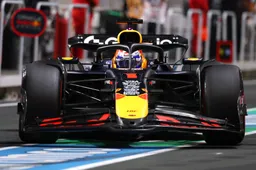
2
'Red Bull are the much more fun team; Mercedes are more professional'
627 times read

3
'Russell and Antonelli are a safer bet to Verstappen, and a lot cheaper too'
609 times read
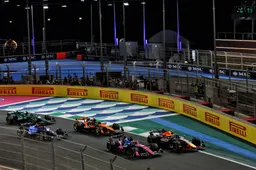
4
F1's high profile bromance in peril? 'We are fighting for our careers in F1'
561 times read
